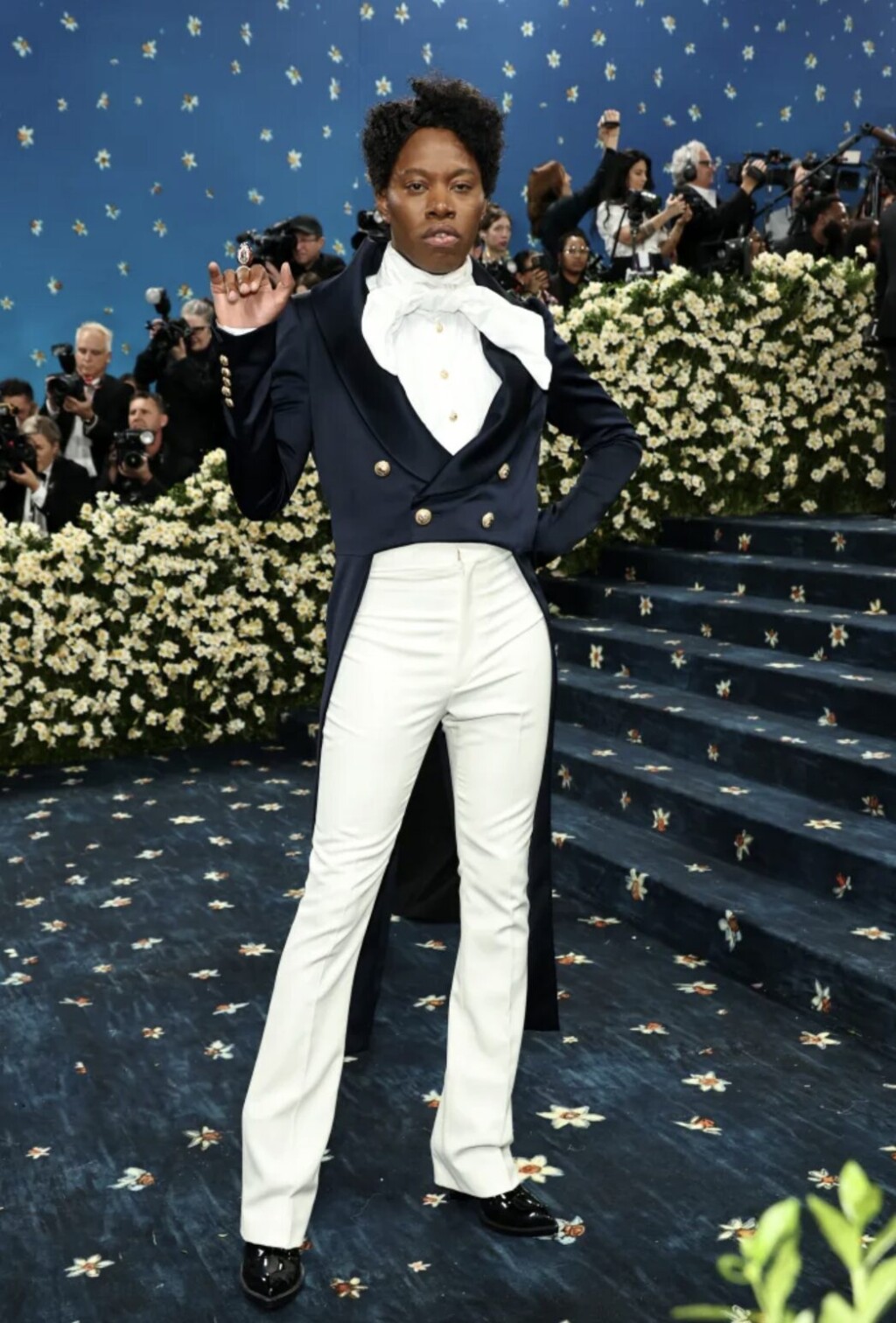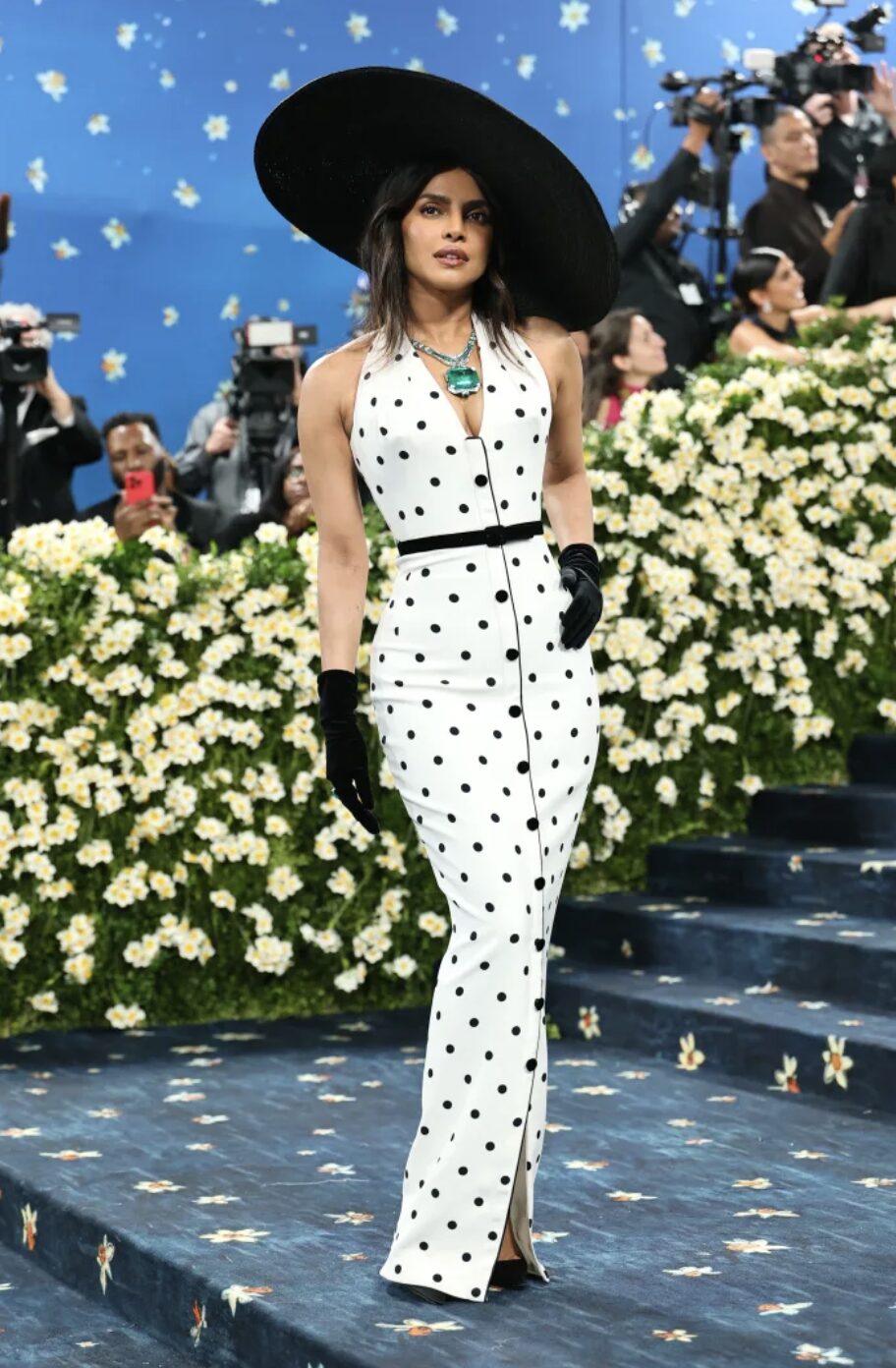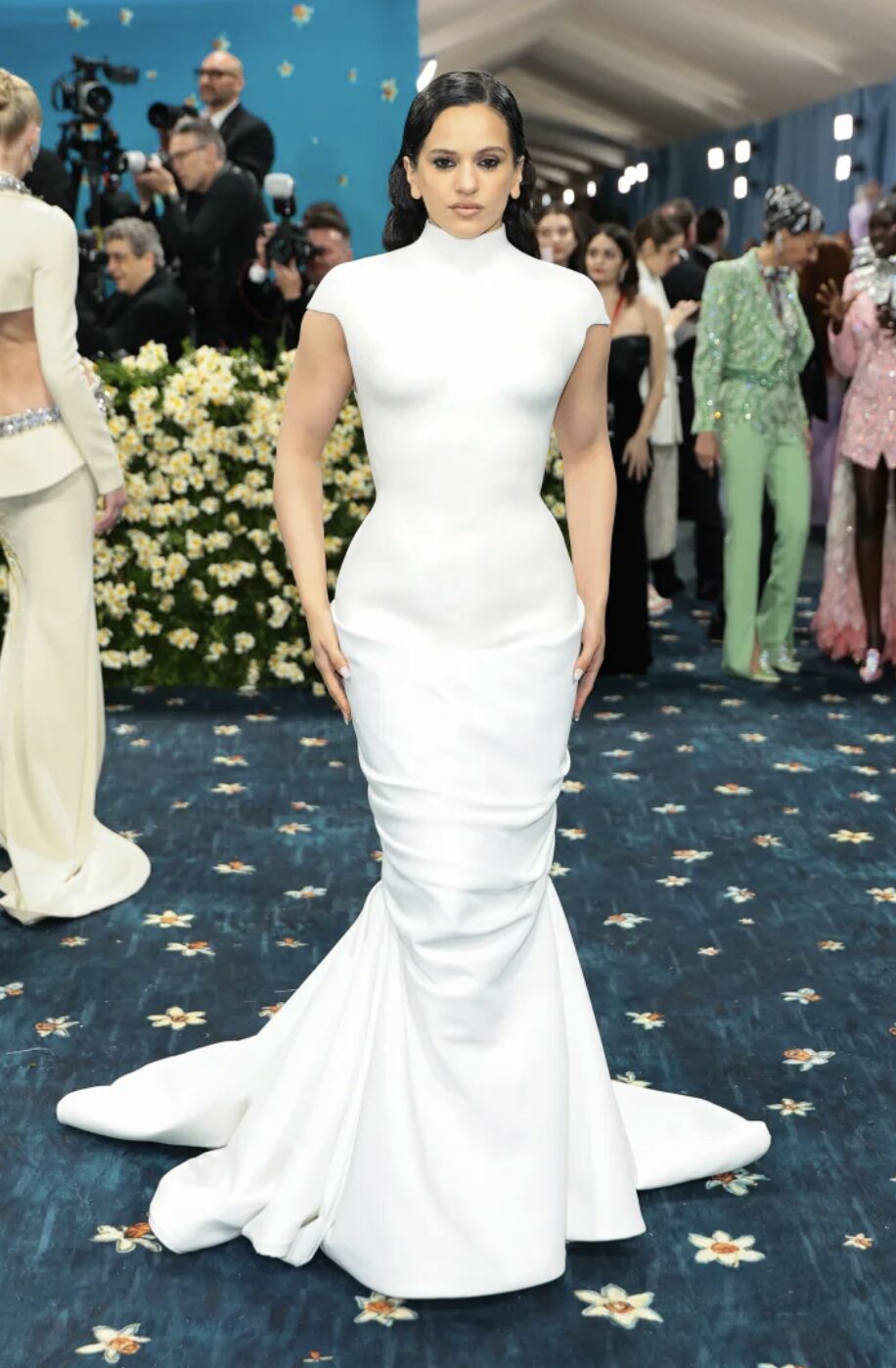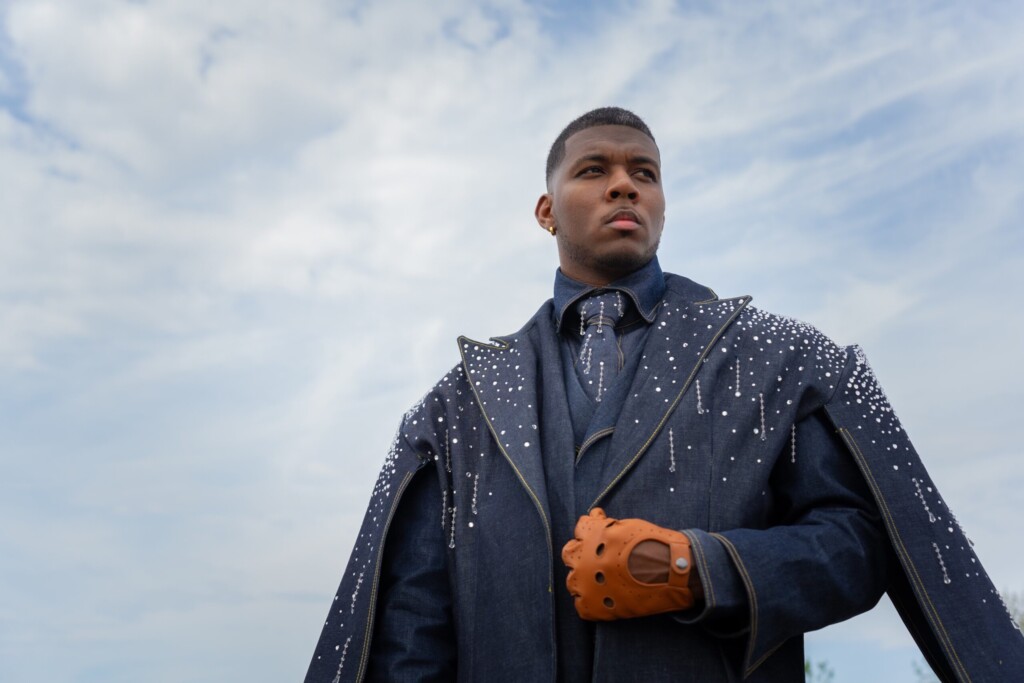Brooklyn-born designer Lionel Nichols is making waves once again at the Met Gala, where he returns for the second consecutive year as part of a tailored collaboration with the iconic fashion house, Balmain.
For this year’s Met Gala theme, Superfine: Tailoring Black Style, Nichols has been instrumental in the creation of some of the most talked-about looks on the carpet, from his key role in Diana Ross’ unforgettable Met Gala gown to his tailoring work with Balmain.
Nichols’ influence was felt right from the start of the evening. He played an integral role in the construction of the gown worn by Diana Ross, featuring an 18-foot train that stole the show. The 18-foot-long train is embroidered with intricate beadwork and features the names of Ross’s children and grandchildren. Originally debuted at Ross’ 80th birthday celebration, this dress marked the icon’s return to the Met Gala after more than two decades.

But Nichols’ work didn’t stop there. Teaming up with Ongell Fereria Doyle of Gourmet Aesthetic, Nichols was part of Balmain’s wardrobe solutions team, which created looks for playwright Jeremy O. Harris, actress Priyanka Chopra, and Grammy Award-winning artist Rosalía.
As the founder and creative director of his own brand, Mario and Lee, Nichols continues to push the boundaries of fashion, making sure that Black designers have a prominent seat at the table.


In an exclusive Q&A, Nichols shares his thoughts on the significance of Superfine, his Caribbean roots and working with Colman Domingo.
The Met Gala is a prestigious platform, and this is your second consecutive year collaborating with Balmain. What does it mean to you, personally and professionally, to return this year?
It’s a blessing! Growing up in Flatbush, the Met Gala felt like a world away. Being here, twice now, is proof that vision and discipline can take you far. At the same time, it’s no coincidence. I’ve been honing this craft for over 16 years. The long-term goal is to return to this stage, presenting my own designs.
Professionally, it’s confirmation that there’s space for a self-taught, self-funded Black designer to operate at the highest level without compromising who he is. That kind of representation matters, and it means everything to me.
This year’s theme is Superfine: Tailoring Black Style. How do you interpret that theme, and what role does your work play in elevating Black sartorial expression?
Tailoring has always been a source of pride within our community, whether it’s a Sunday best, a freshly pressed school uniform, or a custom piece for a milestone moment. My role is to honor that rich history while pushing it forward, blending tradition with innovation to elevate the conversation around Black sartorial expression.
This Met felt personal. It’s given us the platform to not only tell our stories, but to let our voices be heard and celebrated.
How has your Caribbean heritage shaped the unique voice you bring to fashion?
Caribbean culture is full of quiet confidence, attention to detail, and pride in how you present yourself. I grew up around people who knew how to make something look fly, even with limited resources. That taught me how to create from the heart.
With parents from Dominica and St. Vincent, I was born into a home that encouraged rhythm, color, discipline, and soul. It’s all in the work, whether you notice it right away or not.
Your fashion house, Mario and Lee, is known for blending timeless design with multifunctionality. How do you balance those two elements when creating pieces for the Met Gala, which requires both innovation and elegance?
At Mario & Lee, I balance timeless design with multifunctionality by focusing on intentionality in every detail. For the Met Gala, it’s about combining elegance with a bit of surprise. You want something that feels dramatic but still wearable. Tailoring for Balmain emphasizes precision and structure, while the gown I previously constructed for Eleven Sixteen combines that same balance. They’re sleek but fluid, classic yet unexpected.
Your work represents a rich legacy of Black craftsmanship in fashion. How do you view the current state of Black representation within the fashion industry, and where do you see it heading in the future?
We’re being recognized more, which is good, but the goal is sustained presence, not just seasonal praise. There’s still a gap in access and long-term investment in Black talent. I think we’re heading toward more ownership. More Black designers are building their own houses, scaling, telling their stories, and mentoring the next generation. I want to see more of us not just featured, but funded.
You’ve worked with a variety of high-profile clients, including Colman Domingo. He’s built his own fashion lane. Can you speak to working with him?
Colman’s the epitome of a dandy. I had the chance to tailor some looks for him, and I can say he knows who he is and brings that into every look. He’s not afraid to take risks, but everything he wears has meaning. He’s intentional about the story behind the clothes and gives me space to do what I do best. That mutual trust makes the work that much better.




